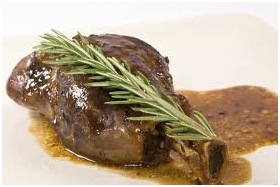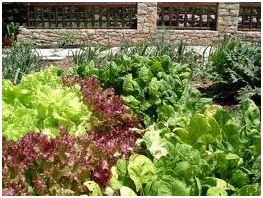I have been trying to save money on food and cooking at home. Food can be so expensive and waste can cost us even more money. I have put together a list of my top ten tips for saving money on cooking. Hope they are helpful for those who didn’t know how to start saving money.
1. Bulk buying and special offers
When you see products that you use regularly on special and if you have room to store them buy a few extra. This will save you money in the long run as next time you shop you won’t need to buy it. Try saving a few dollars every week and going to a warehouse style supermarket such as Sam’s Club or Costco and stock up on the essentials for your pantry. Sometimes there are 2 for 1 offer or 3 for the price of 2. And I have even seen “buy one and get something else free” very often. Make sure that they are the products you actually needed. Be aware though, just because it has a sign that says sale, it doesn’t mean that the price has been reduced.
2. Vouchers and coupons
Whenever you see vouchers or coupons always check to see if you buy the products. This can save you a few dollars each week on the products that you regularly buy. Sometimes when a new product is released there will be a special money back offer, if it is a product that you need, take advantage of this offer.
3. Plan your meals
If I write up a weekly meal planner and shop according to the plan, I don’t buy things that I won’t use. This saves a lot of wastage at the end of the week, particularly on fresh fruit and vegetables. If you haven’t used it and need to throw it out, it has cost you more money by not using it.
4. Shopping list
I now make a shopping list every week with all the items I need to buy to cook my planned meals. This means I don’t buy too much of any one item and possibly have to throw it away. Even if you don’t do a meal planner a list means that you won’t impulse buy.
5. Cheaper brands
I have been trying the cheaper brands and have been quite pleased with the result. As well as saving me some money each week, I have not noticed a taste difference. It is no good buying a cheap brand of something if you don’t like it much anyway. Just try the cheaper brands and you will find that most of them will be as good as the expensive brand. Over a year this could save you hundreds of dollars.
6. Cheaper cuts of meat
You don’t always need to buy the expensive cuts of meat. Sometimes the cheaper cuts are tastier; they just need a bit longer cooking time. Buy chuck steak or shin beef for those hearty winter casseroles, they will cook for a few hours and the meat will be tasty and so tender. Instead of that expensive roast leg of lamb, buy some lamb shanks; they are so tasty when cooked for a few hours with some root vegetables.

Buy chicken thighs instead of expensive breast meat. Thigh meat is tastier and juicier and is very quick to cook.
7. Make your own products
I hadn’t thought of this before but it really makes sense, instead of buying bread and breadcrumbs, save the crusts and make your own breadcrumbs. Keep the crusts in the freezer until you have enough then toast or dry them in the oven, give them a whizz in the blender and free breadcrumbs. If the kids like popsicles, don’ buy them anymore. Buy yourself a Popsicle mold for a few dollars and make the kids healthy ones with fruit and juices or milk and flavoring.
8. Leftovers
It is really easy to turn leftovers into new meals. If you cook a whole roast chicken, you can get up to 3 meals from it depending on the size of your family. Cook lots of vegies to have with it the first night and have a lovely roast chicken dinner. There will be enough meat left for a couple of sandwiches for lunchtime. If you strip all of the remaining meat from the carcass, make a tasty stir fry that night with some noodles or rice. Leftover pasta can be used in a couple of ways. Fry it up in the pan and add beaten eggs and add some more cheese for a tasty frittata. Make pasta bake with an extra jar of pasta sauce and serve with green vegies.
9. Seasonal fruit and vegetables
Have you noticed the changing prices of fruit and vegies at the supermarket? If a product suddenly becomes more expensive then it is out of season. Only buy fruit that is in season, not fruit imported from overseas or grown out of season in green houses. This will be a lot more expensive as it is more expensive to grow. Sometimes the choice won’t be that great but you will save dollars every week when you only buy seasonal fruit and vegetables.
10. Grow your own

I have started a little veggie garden at home. Nothing huge, just a yard or two and some large pots for herbs in my back yard. The kids’ love the idea of growing and eating their own veggies that they helped plant. I have put some herbs in like parsley and basil that are easy to grow and chives. Only plant vegies that will grow in your climate and there is bound to be some that your family likes. I have put in peas and beans; we all love to eat them and some lettuce that grows leaves that you can pick anytime. No waiting for a huge heart to form and have lots of lettuces ready that you won’t be able to eat.